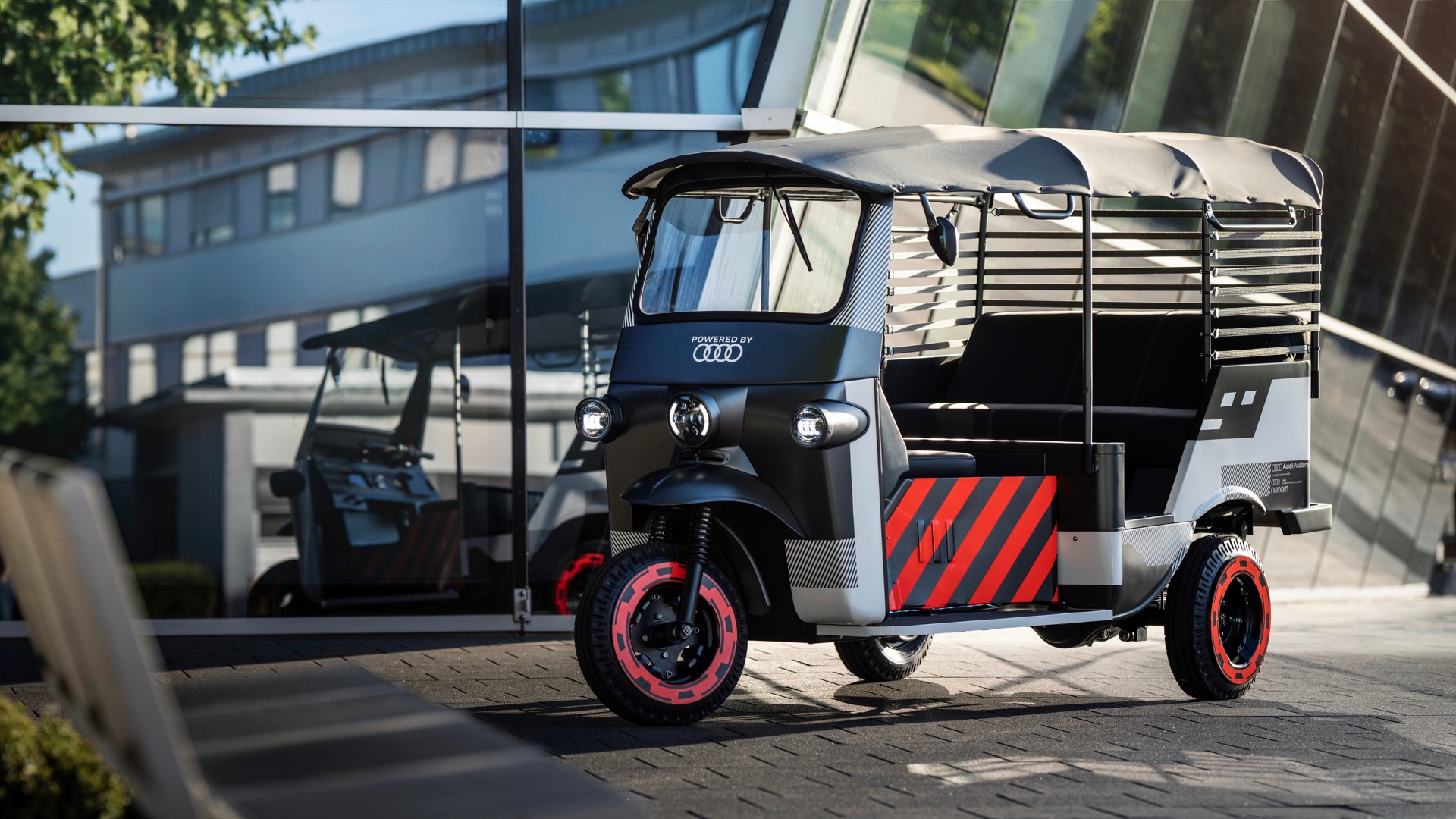Most automakers have not totally ramped up manufacturing of EVs, however they’re already contemplating second-life makes use of for the batteries going into these autos.
Audi is working with startup Nunam to put in battery modules from decommissioned check autos into electrical rickshaws, that are scheduled to hit Indian streets in early 2023 as a part of a pilot mission. They’ll be made accessible to a non-profit group, and used to move items to marketplace for sale, in response to an Audi press launch.
After preliminary use in a automotive, these battery modules can nonetheless retailer plenty of power, Nunam cofounder Prodip Chatterjee mentioned within the launch. With their mild weight and decrease energy and vary necessities, rickshaws are a super use case, he mentioned.
And typically talking, because the Wall Street Journal not too long ago identified, repurposing EV batteries might assist broaden renewable power in addition to assist resolve waste challenges.
Electric rickshaw powered by Audi battery modules
Electric rickshaws are already widespread in India, however they’re usually powered by lead-acid batteries with a shorter lifespan than the lithium-ion battery modules from Audi EVs, and are sometimes disposed of improperly, in response to Audi and Nunam.
To tackle emissions from charging electrical rickshaws from India’s largely coal-fired grid, Nunam can be growing photo voltaic charging stations. And it plans to make use of second-life batteries in power storage as properly.
This is simply the most recent of many tasks searching for to search out second-life makes use of for EV batteries. Another current instance comes from Volvo Group (a separate entity from Volvo Cars), which purchased a ten% stake in United Kingdom-based power storage agency Connected Energy as an outlet for used batteries from its electrical vehicles.

Connected Energy battery power storage unit
Automakers have been exhibiting off second-life battery functions for years. Nissan and General Motors unveiled demonstration tasks in 2015 utilizing Leaf and Chevrolet Volt batteries, respectively. Around the identical time, Toyota unveiled an power storage array at Yellowstone National Park comprised of Camry Hybrid battery packs.
California-based B2U Storage Solutions is already making a living with second-life Nissan Leaf batteries in power storage. Rivian additionally has identified that the configuration and format of its battery pack was decided partly with second-life makes use of in thoughts.
These tasks are primarily based on the belief that plenty of batteries shall be left over as soon as the vehicles they’re put in in attain the top of their usable lives. That mentioned, with uncooked supplies nonetheless so restricted, there’s some stage of debate over whether or not reuse or recycling is the higher choice.
Source: www.greencarreports.com

